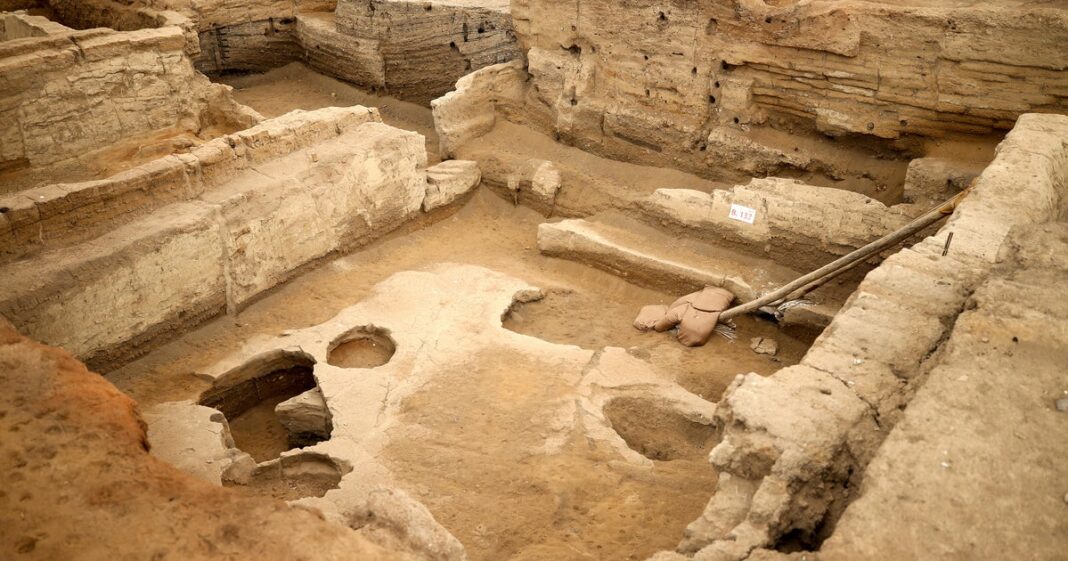An ancient city was most likely ruled by females living in a “matriarchal society” more than 9,000 years ago, according to a study published in Science this week.
Researchers extracted the ancient genomes of more than 130 skeletons from 35 different houses at Çatalhöyük, an ancient city considered one of the most well-preserved Neolithic settlements in southern Anatolia in Turkey. About 395 skeletons, a mix of males and females, were found in grave pits under the floors of the city’s mudbrick houses. Occupied for more than 1,000 years (9000 to 8000 BCE), the city was known for its female figurines, possible representatives of a “Mother Goddess” cult and signs of a matriarchal society.
A team of geneticists, archaeologists, and biological anthropologists used cutting-edge technology to analyze the DNA of skeletons over 12 years and found that maternal lineage had a key role in connecting household members, as represented by burials within each building.
During the early years in Çatalhöyük, family members were buried together, but over time, habits changed, and researchers found many of the dead had no biological connection. Where there was a genetic connection, it was through the female line, suggesting husbands relocated to the wife’s household upon marriage, researchers said.
Serhat Cetinkaya/Anadolu via Getty Images
Using genetic sequencing, researchers estimated that 70 to 100% of the time, female offspring remained connected to buildings, whereas adult male offspring may have moved away. There was also a clear pattern of preferential treatment toward females, with findings showing five times more grave goods offered to females than to males.
“We need to move away from our Western bias that assumes all societies are patrilineal. Many cultures, including some Indigenous Australian groups, pass identity, land rights, and responsibilities through the mother’s line — a matrilineal system,” study co-author Dr. Eline Schotsmans, a research fellow at Australia’s University of Wollongong’s School of Science, said in a statement.
These findings come several months after researchers studying social networks in Celtic society in Britain before the Roman invasion gathered genetic evidence from a late Iron Age cemetery and found that women were closely related, while unrelated men tended to come into the community from elsewhere, likely after marriage.
Using an examination of ancient DNA recovered from 57 graves in Dorset in southwest England, their study, published in the journal Nature, shows that two-thirds of the individuals were descended from a single maternal lineage. This suggests that women had some control of land and property, as well as strong social support, researchers said.
Researchers said upon the release of their findings, “It is possible that maternal ancestry was the primary shaper of group identities.”
contributed to this report.



